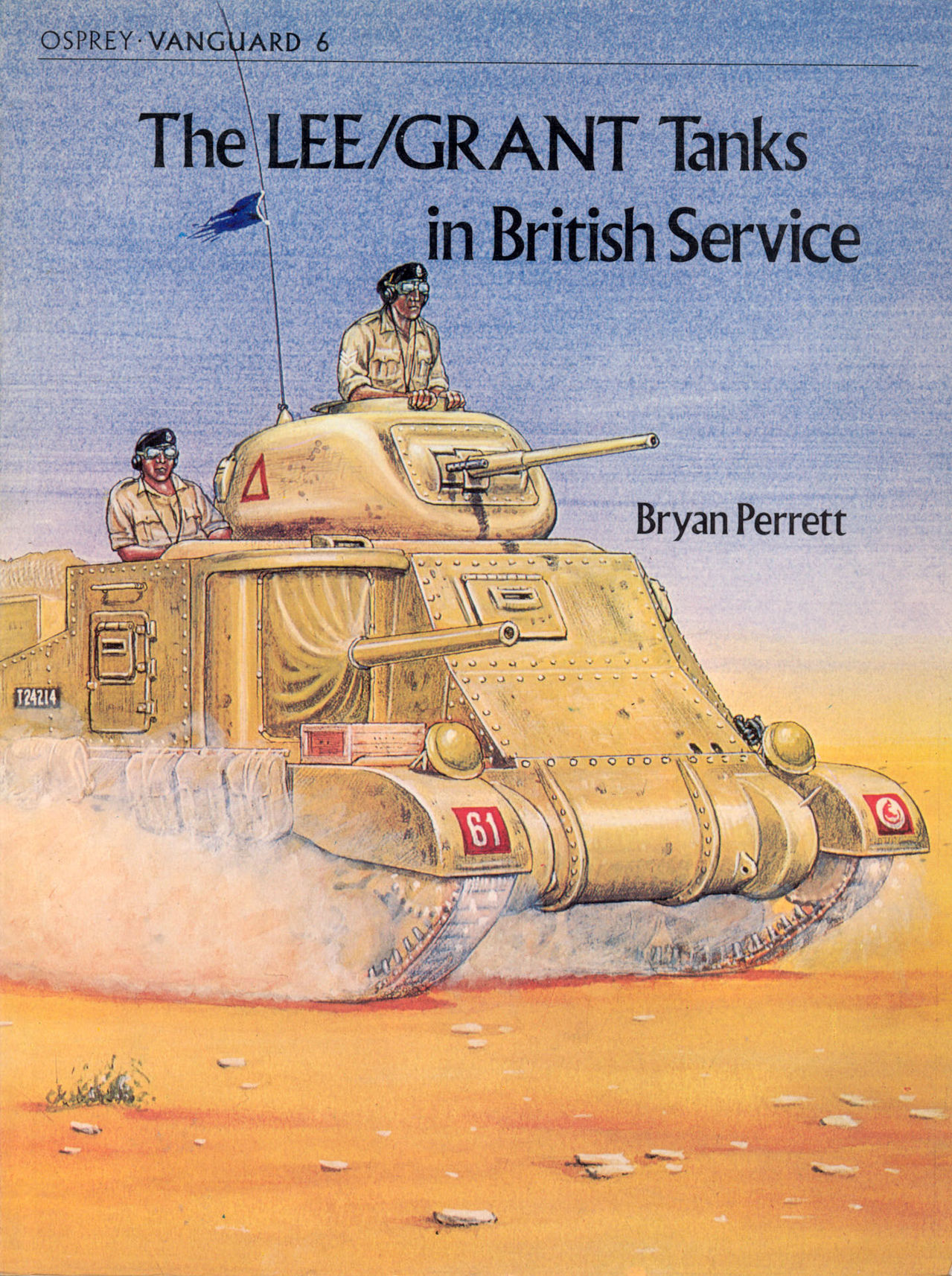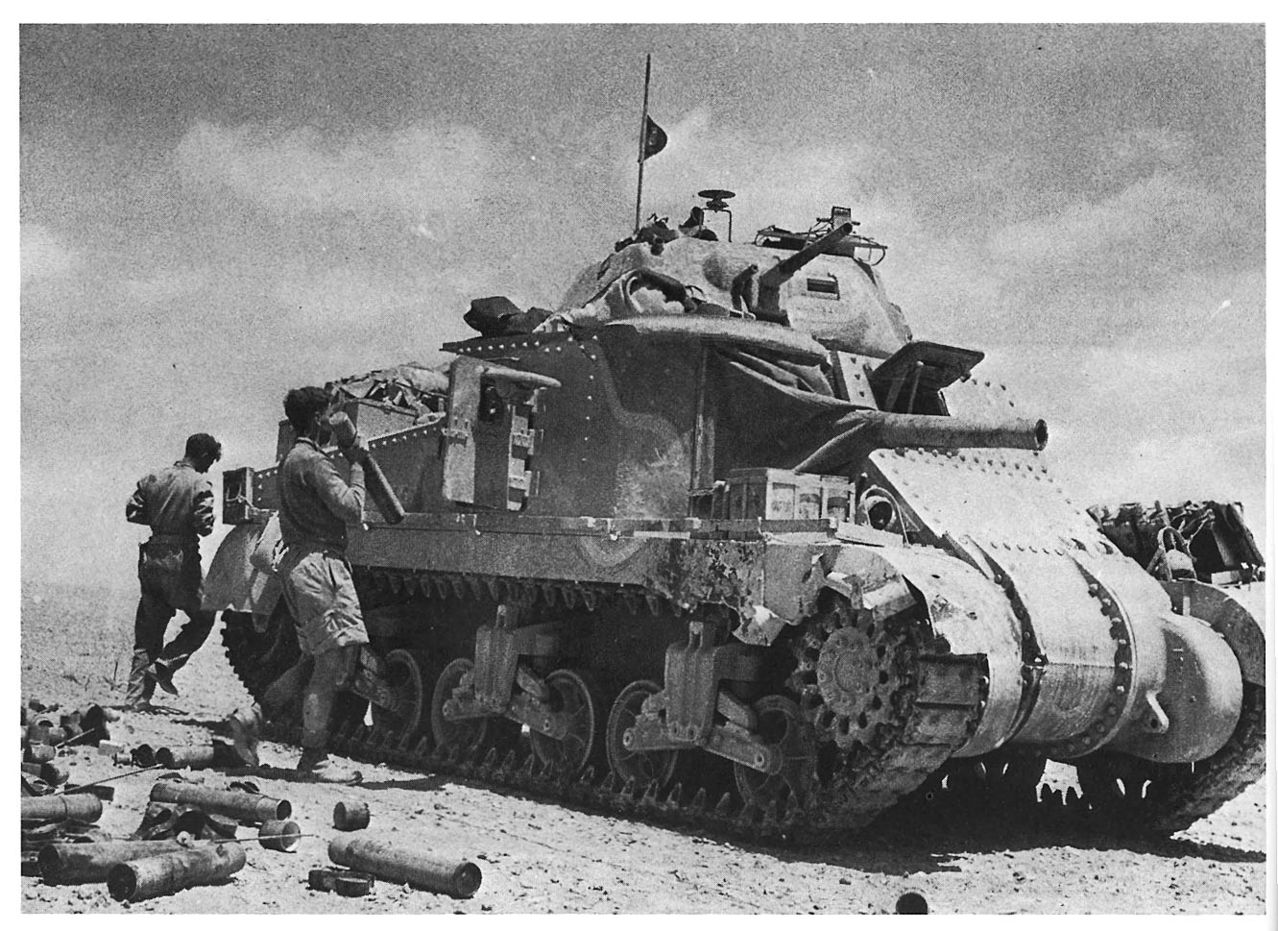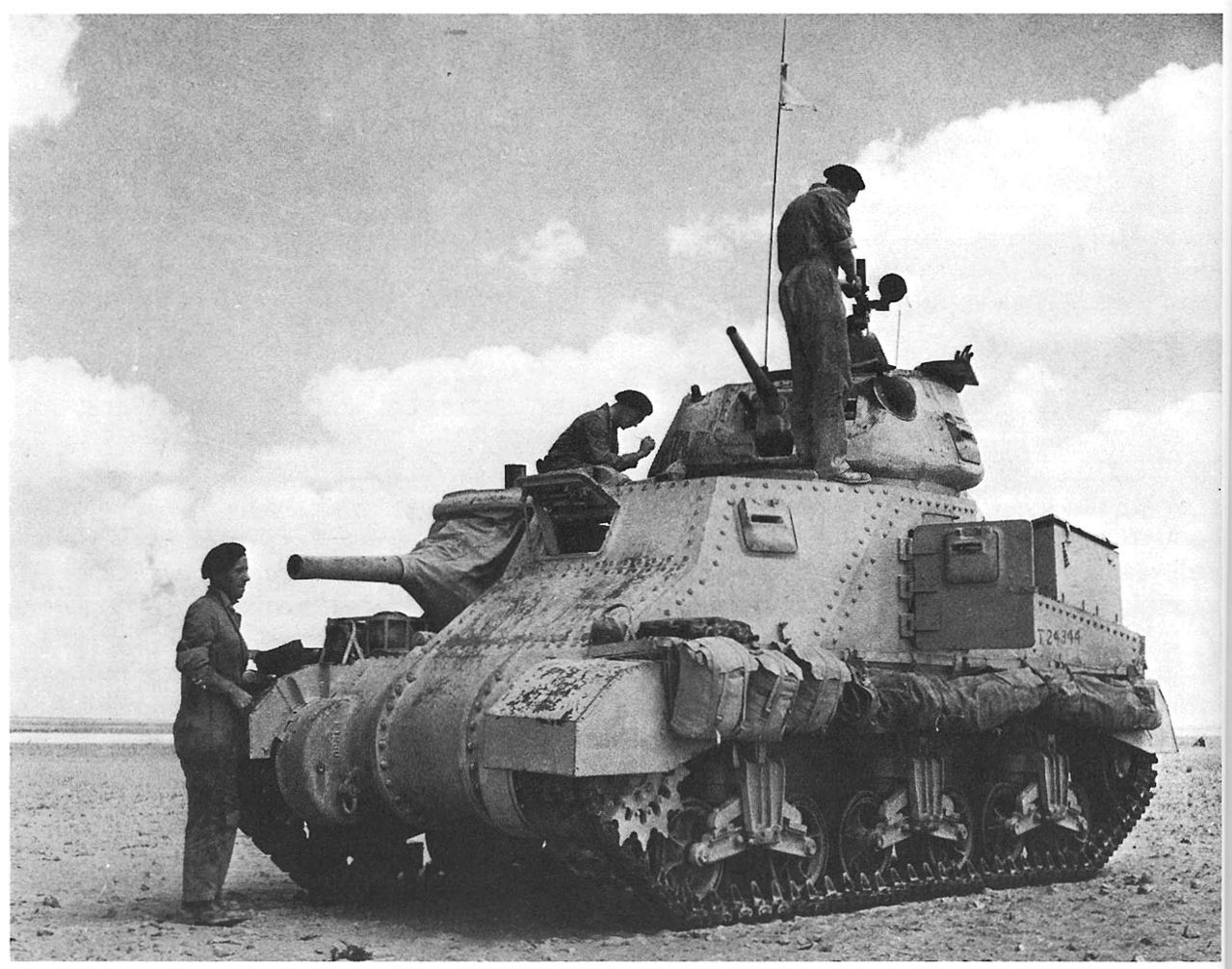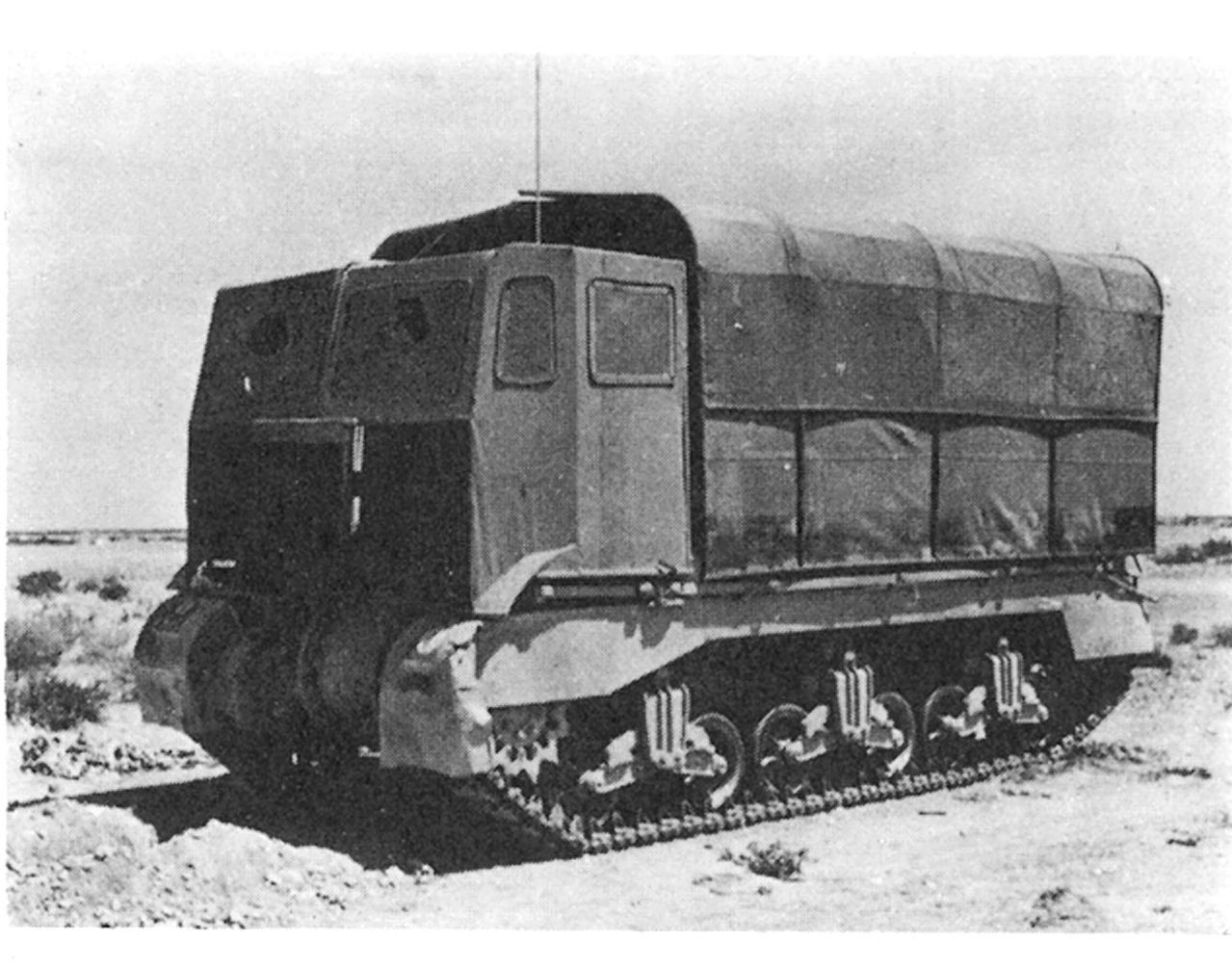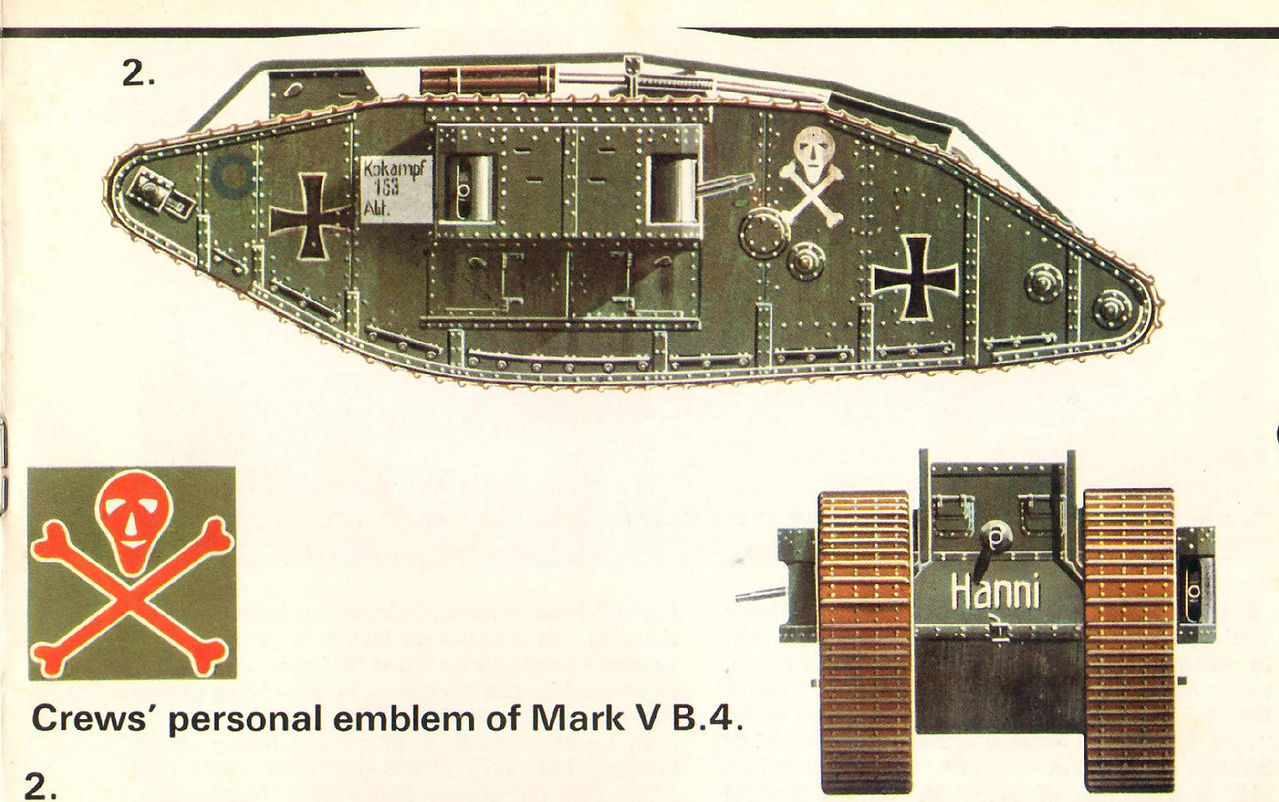I've read in the magazine: M3 Medium Tank vs Panzer III: Kasserine Pass, 1943 (Duel)

the next sentence that driver of the M-3 "General Lee" was almost completely blind under battle conditions, coz he hadn't sight on his forward hatch. It sounds a very surprising.
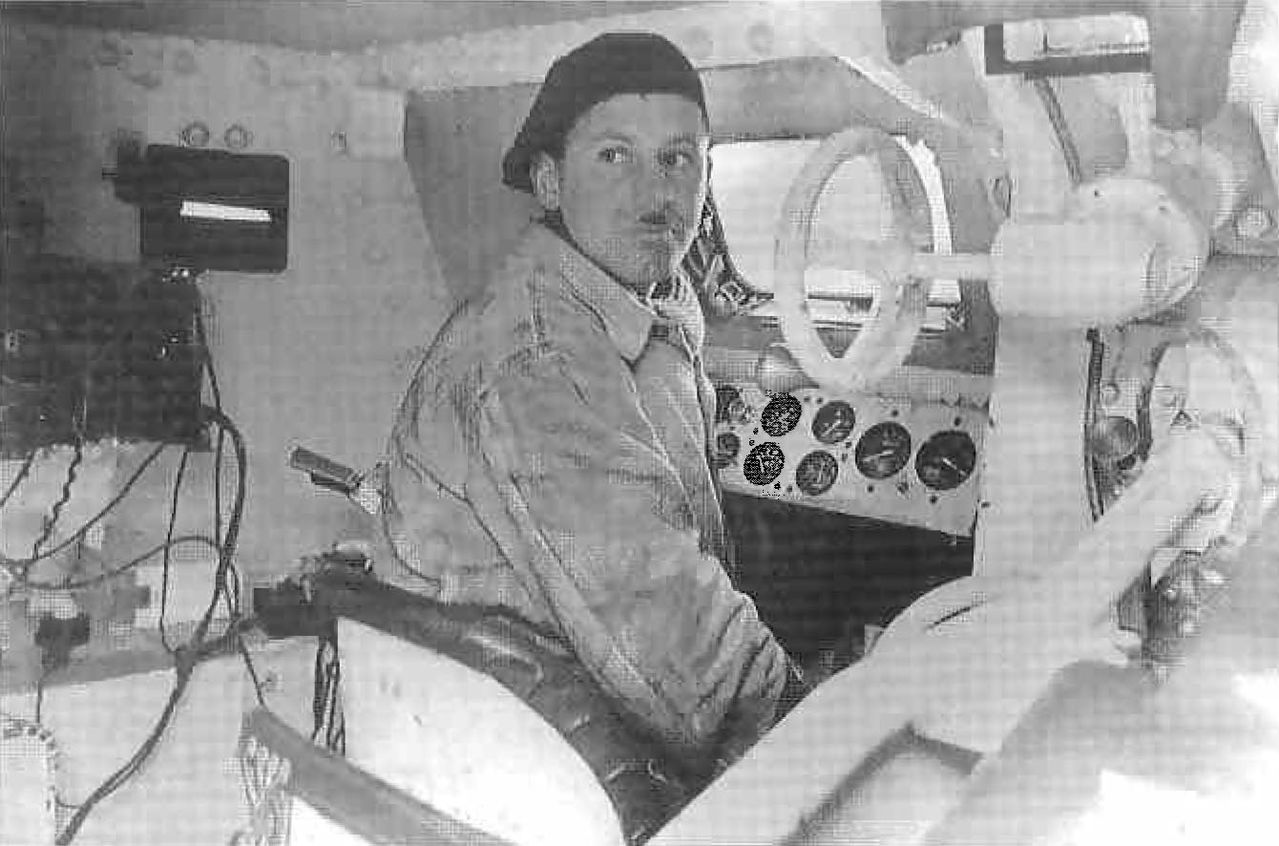
Here is text:
The driver's compartment inside the British M3 Grant. The interior of the M3 Lee would have been virtually identical. It was remarkably spacious due to the atypical hull design. Note in particular the large open front visor. However, this let in blowing sand when on the move and would have to be closed. Thus when the tank was in action the driver's only view would be through the tiny slit to his left.
The driver was another hard worker. He steered using two hand-operated breaking/steering levers plus had to manually shift gears with a hand lever and clutch pedal. Additionally, there was the usual strain of driving, observing, and paying attention to the commander's "backseat driving." Good drivers steered their own course, seeking cover and clear routes. During motor marches to the front and even during combat, other crewmen might relieve the driver. Often drivers were spared watch duty to ensure their rest.

An American tank crew from the 2nd Battalion of the 1st Armored Regiment, in Tunisia, February 1943. At more than ten feet tall, the M-3 General Lee “looked like a damned cathedral coming down the road,” one tanker complained.

the next sentence that driver of the M-3 "General Lee" was almost completely blind under battle conditions, coz he hadn't sight on his forward hatch. It sounds a very surprising.

Here is text:
The driver's compartment inside the British M3 Grant. The interior of the M3 Lee would have been virtually identical. It was remarkably spacious due to the atypical hull design. Note in particular the large open front visor. However, this let in blowing sand when on the move and would have to be closed. Thus when the tank was in action the driver's only view would be through the tiny slit to his left.
The driver was another hard worker. He steered using two hand-operated breaking/steering levers plus had to manually shift gears with a hand lever and clutch pedal. Additionally, there was the usual strain of driving, observing, and paying attention to the commander's "backseat driving." Good drivers steered their own course, seeking cover and clear routes. During motor marches to the front and even during combat, other crewmen might relieve the driver. Often drivers were spared watch duty to ensure their rest.

An American tank crew from the 2nd Battalion of the 1st Armored Regiment, in Tunisia, February 1943. At more than ten feet tall, the M-3 General Lee “looked like a damned cathedral coming down the road,” one tanker complained.
Last edited by lockie on Thu Mar 26, 2015 5:56 pm; edited 4 times in total








